Regulating land rent differentials
According to Mr. Le Hoang Chau, Chairman of the Ho Chi Minh City Real Estate Association (HoREA), the added value from land (land rent difference) is created by two main entities: the State and investors (in which private investors play a very important role). Therefore, financial policies on land and land prices need to be regulated to ensure fairness and social stability for the State budget revenue and the benefit of investors.
First, the State creates the added value from land (land rent difference) through land use planning, construction and urban planning, integrated transportation planning (TOD) and allows the conversion of land use purposes according to the planning for investors to carry out business investment projects. Therefore, the State has the right to regulate this added value from land (land rent difference) to serve national and public interests.
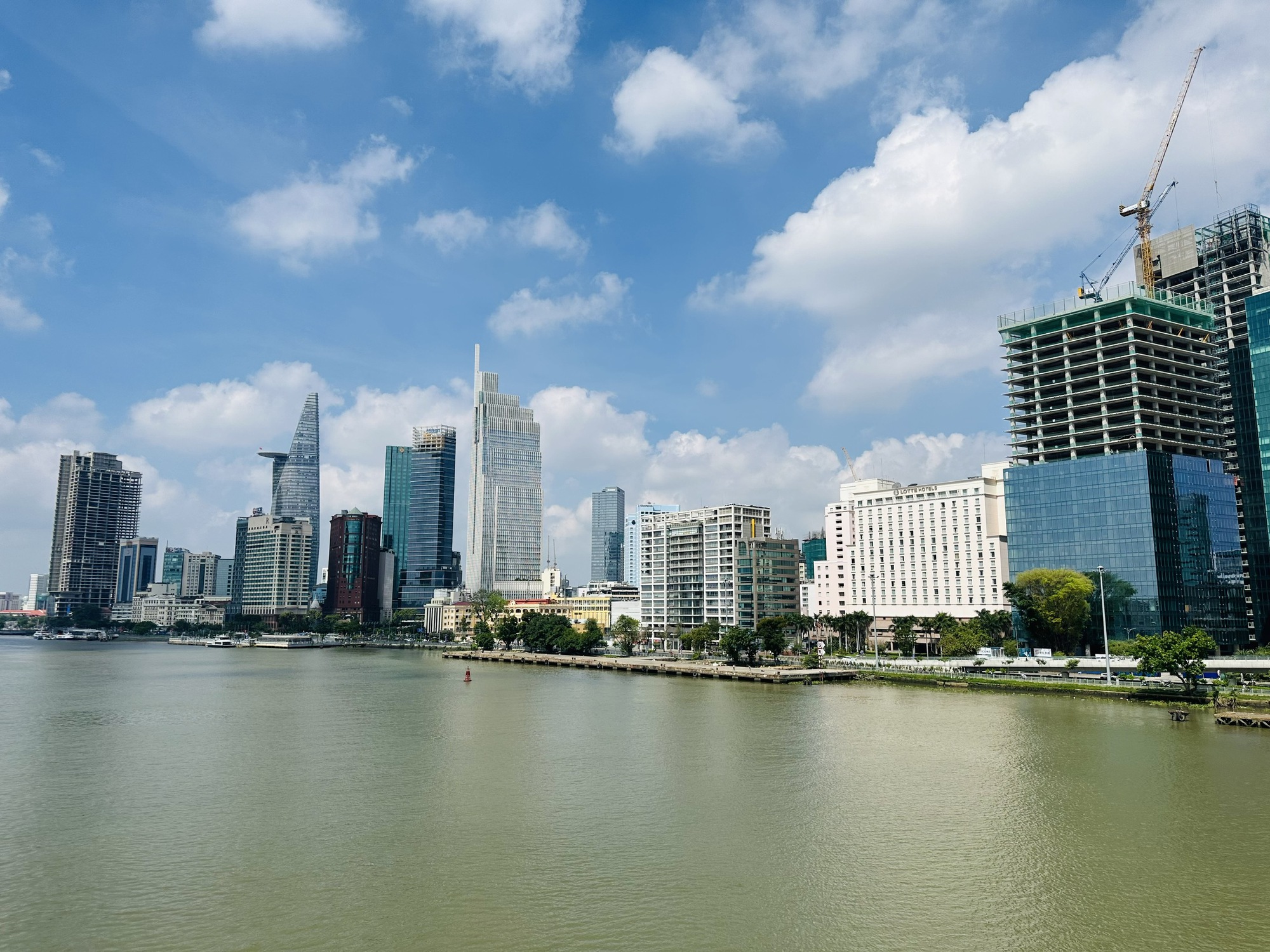
Land use fees are a huge source of revenue for the State budget.
For example, in Ho Chi Minh City, 1 hectare of agricultural land only creates a value of about 500 million VND/year, but when the land use purpose is changed to non-agricultural land, 1 hectare of production, industrial, commercial, service, and urban land creates a value of up to 55 billion VND/year, 100 times higher. This is demonstrated by the fact that District 7 was established in 1997 (separated from Nha Be agricultural district). At that time, the State budget revenue was only 59 billion VND, but after 25 years, in 2022, the State budget revenue was up to 5,550 billion VND, 94 times higher than in 1997.
Therefore, in 2018, the Government allowed Ho Chi Minh City to convert 26,000 hectares of agricultural land into non-agricultural, production, industrial, commercial, service, and urban land in the period of 2025/2020. Currently, Ho Chi Minh City is developing a project to convert 5 suburban districts into urban areas. At the same time, the National Assembly has just issued Resolution 98 on piloting a number of specific mechanisms and policies for the development of Ho Chi Minh City, which will create conditions for the city to develop rapidly in the coming years, including land resources.
Meanwhile, investors (mainly private investors) create additional value from land (land rent difference) through investment activities in construction and business of works on land to develop projects. Mainly through the creativity and financial capacity of investors, reflected in the investment rate of the project. The larger the investment rate, the higher the value of the real estate and investors have the right to enjoy the additional value from land (land rent difference) after fulfilling financial obligations to the State.
Therefore, it is necessary to develop a mechanism to regulate the added value from land (land rent difference) to harmonize the interests between the State and enterprises.
Make land use fees a tax
Another issue that needs to be raised is that the State should only collect land use fees and land rents in a reasonable and equitable manner with the view of not over-collecting or letting things slip through the cracks.
According to many businesses, land use fees are currently a burden for them and also an unknown because they have been unable to pay land use fees for a long time.
The current method of calculating land use fees is making it difficult for businesses and creating a mechanism of asking and giving, harassment. Project investors are having to pay a huge amount of land use fees, equal to about 70% of the cost of compensation for site clearance, almost having to buy back the land use rights for the second time, and this burden is ultimately borne by home buyers. Accordingly, land use fees account for a large proportion of the housing cost structure, accounting for about 10% of the cost of apartments, about 30% of the cost of townhouses and about 50% of the cost of villas. The State is receiving a large amount of revenue from land use fees, but in the long run, if all the land is handed over, this large source of budget revenue will no longer exist, and will need to be supplemented and replaced by property tax.
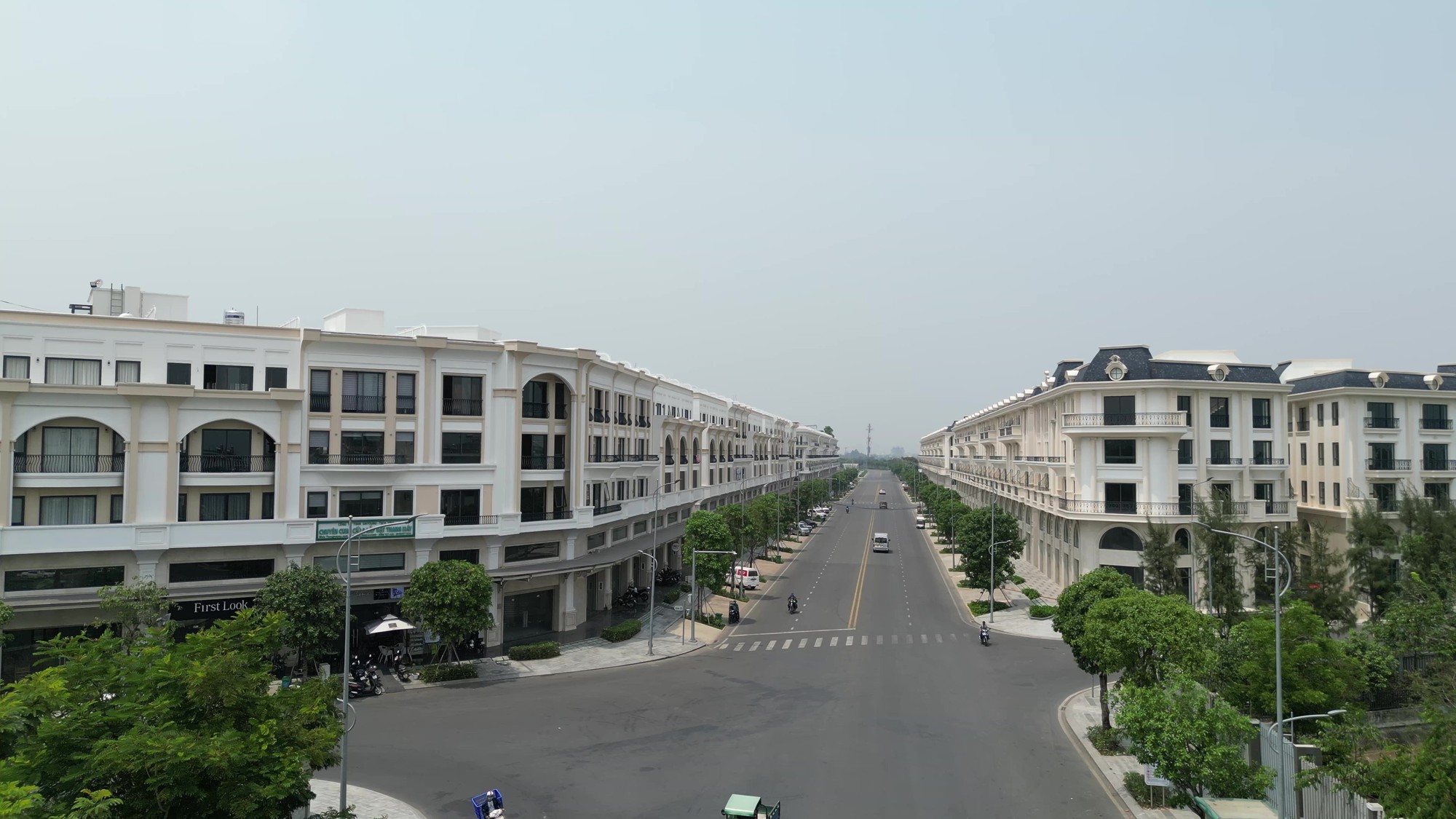
Instead of collecting it all at once, many have proposed converting land use fees into a tax.
Therefore, businesses propose to regulate land use fees as a tax levied on the conversion of land use purposes from agricultural land to residential land, with a tax rate of about 10 - 15%, calculated on the land price list issued by the provincial People's Committee, adjusted annually by the land price adjustment coefficient (coefficient K) in accordance with market prices. This will ensure transparency, eliminate the request-grant mechanism, and reduce the current very heavy land use fee collection to a more reasonable level. On that basis, the Law on Property Tax (residential land, housing) will be supplemented to create a stable and sustainable source of revenue for the State budget of provinces and centrally run cities.
To speed up the calculation of land use fees, experts and businesses recommend retaining the surplus method to calculate land use fees and land rents for plots and areas of land with development potential, large scale, and value of over 200 billion VND because the land price adjustment coefficient method is not allowed to be applied to these projects. In fact, nearly 90% of real estate projects in the past had to use the surplus method to calculate land use fees.
Source link



![[Photo] General Secretary To Lam receives Japanese Ambassador to Vietnam Ito Naoki](https://vstatic.vietnam.vn/vietnam/resource/IMAGE/2025/4/3/3a5d233bc09d4928ac9bfed97674be98)

![[Photo] Moment of love: Myanmar people are moved to thank Vietnamese soldiers](https://vstatic.vietnam.vn/vietnam/resource/IMAGE/2025/4/3/9b2e07196eb14aa5aacb1bc9e067ae6f)
![[Photo] Special relics at the Vietnam Military History Museum associated with the heroic April 30th](https://vstatic.vietnam.vn/vietnam/resource/IMAGE/2025/4/3/a49d65b17b804e398de42bc2caba8368)

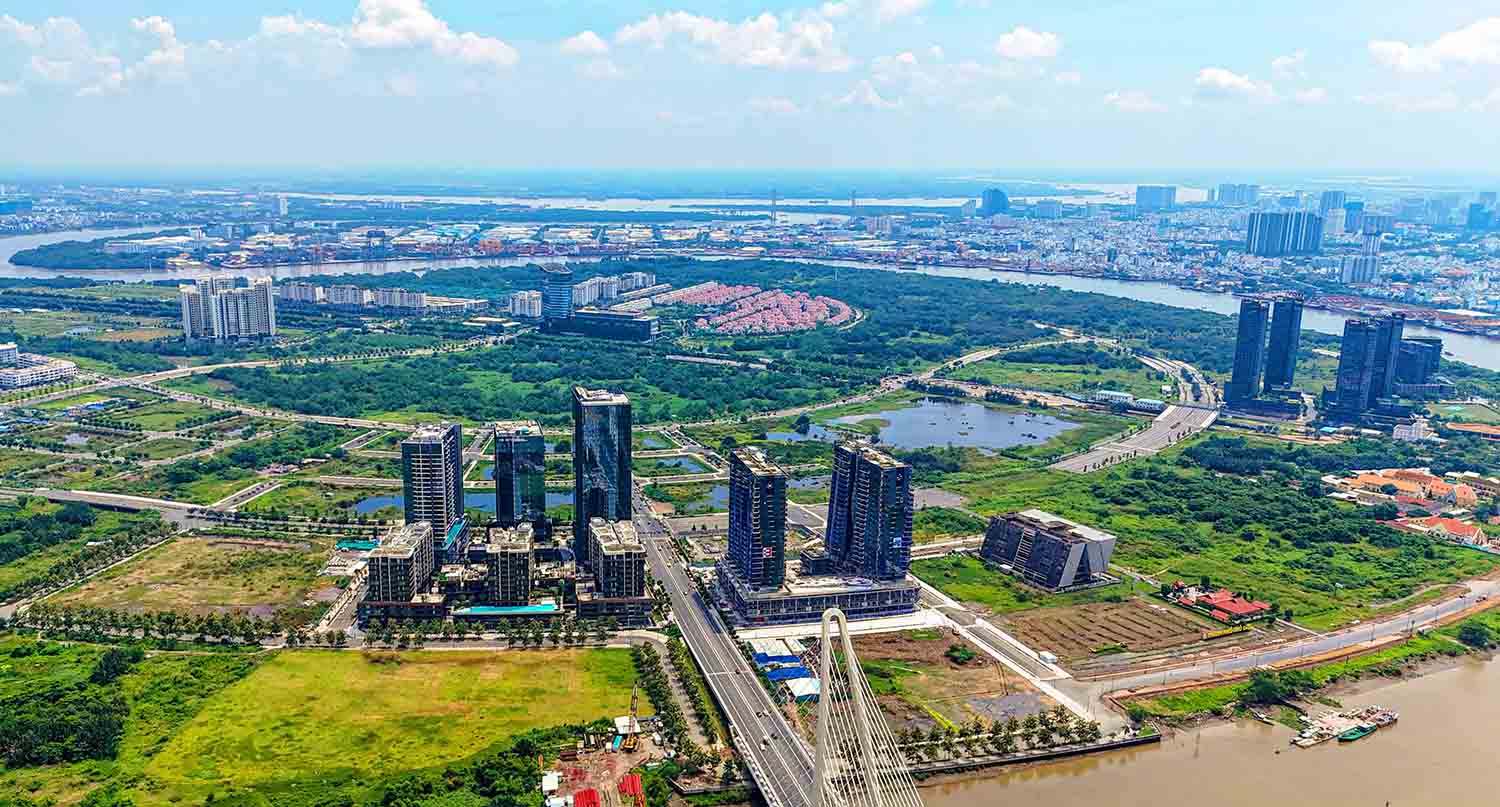

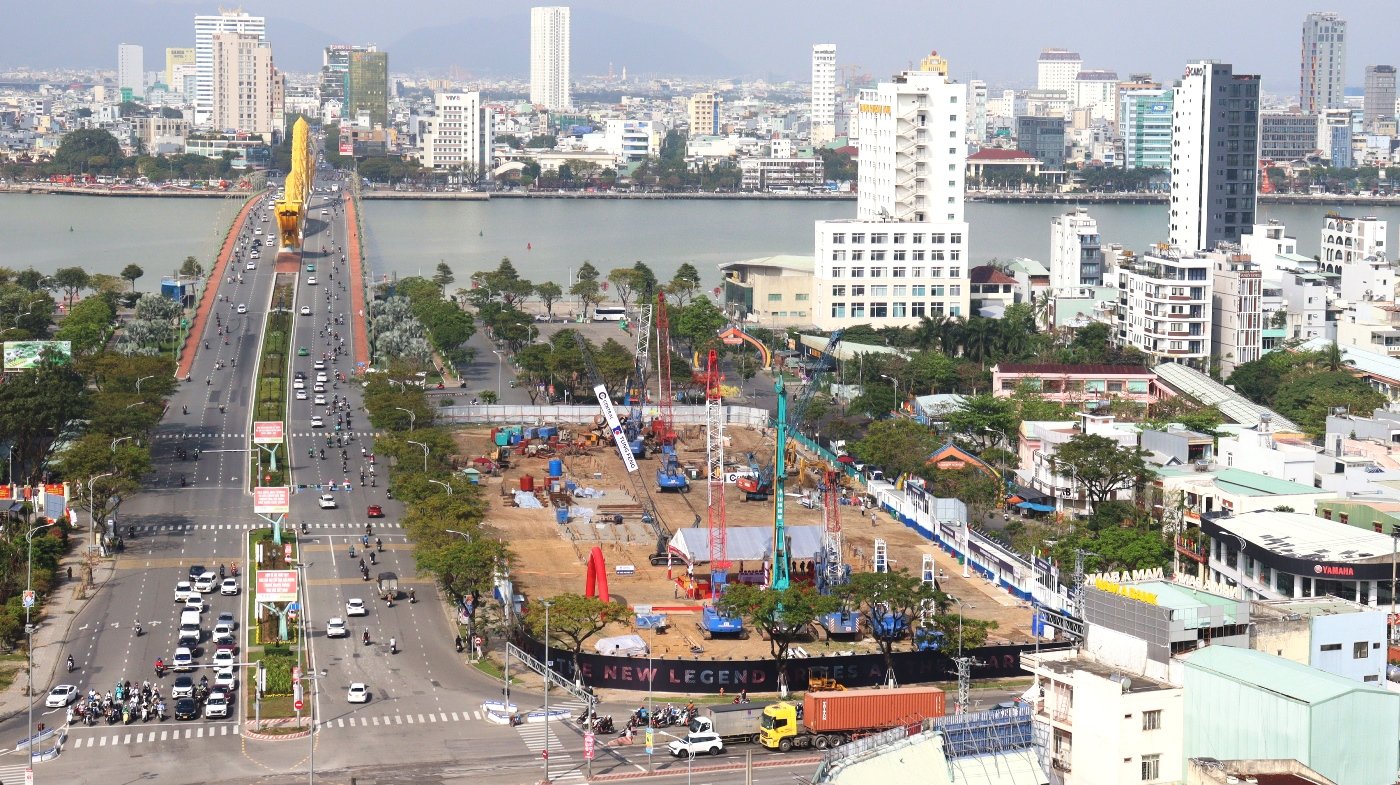





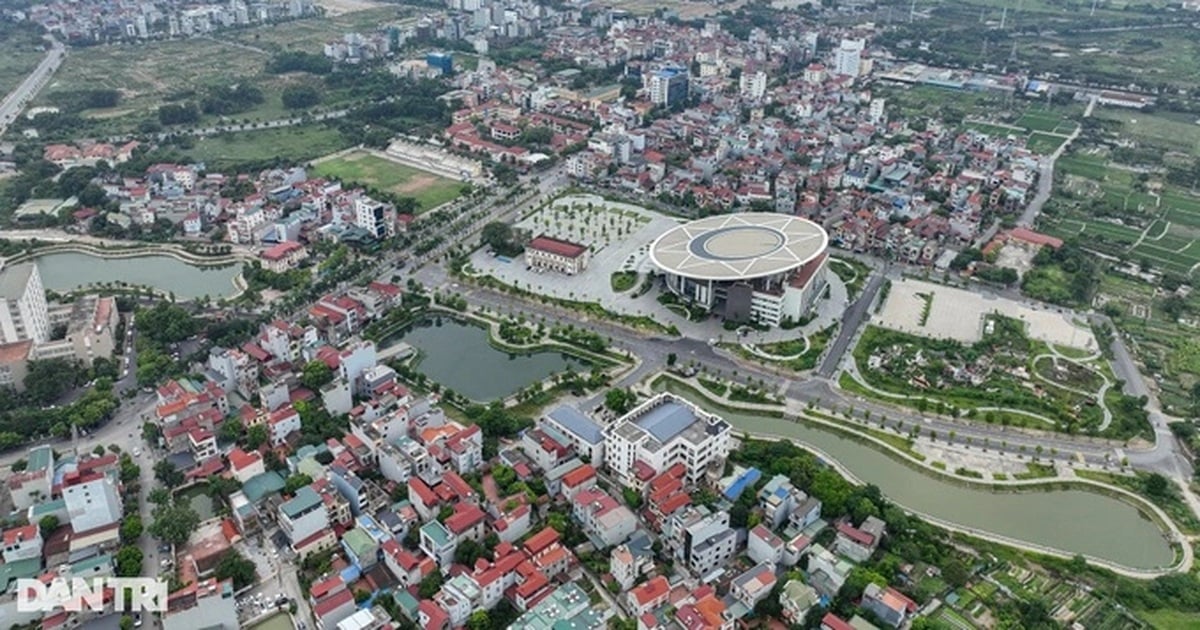
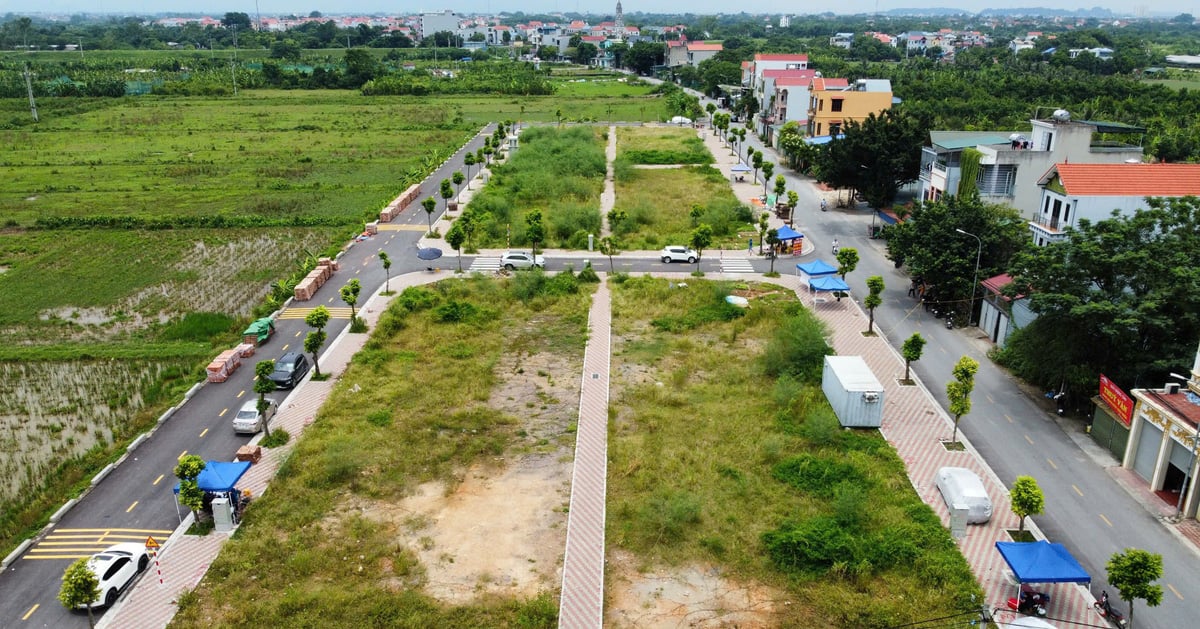


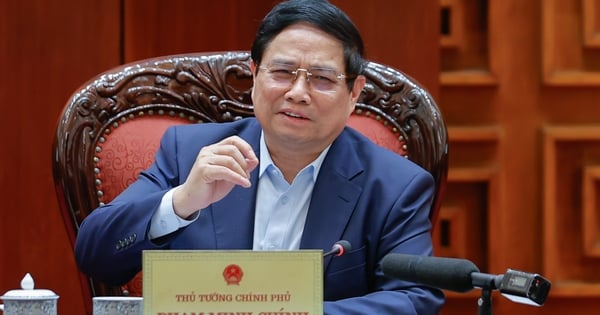

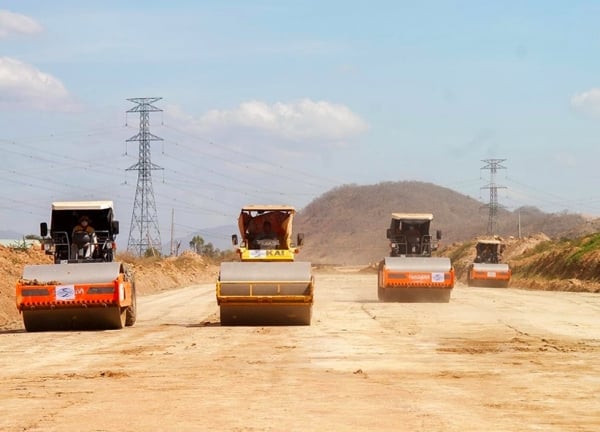







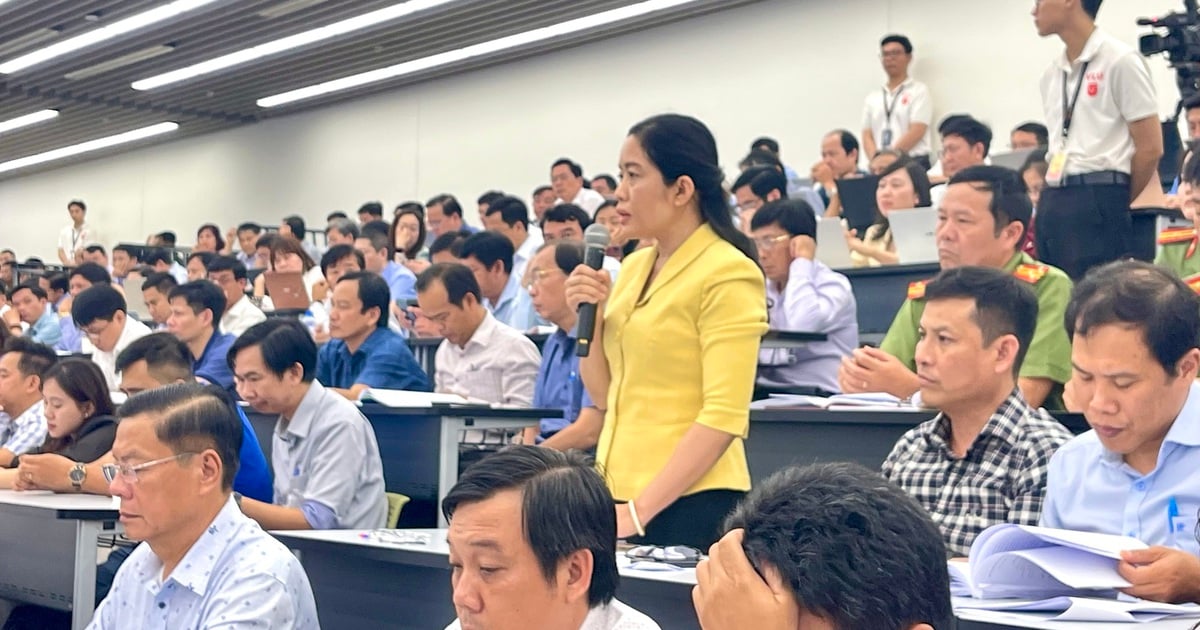
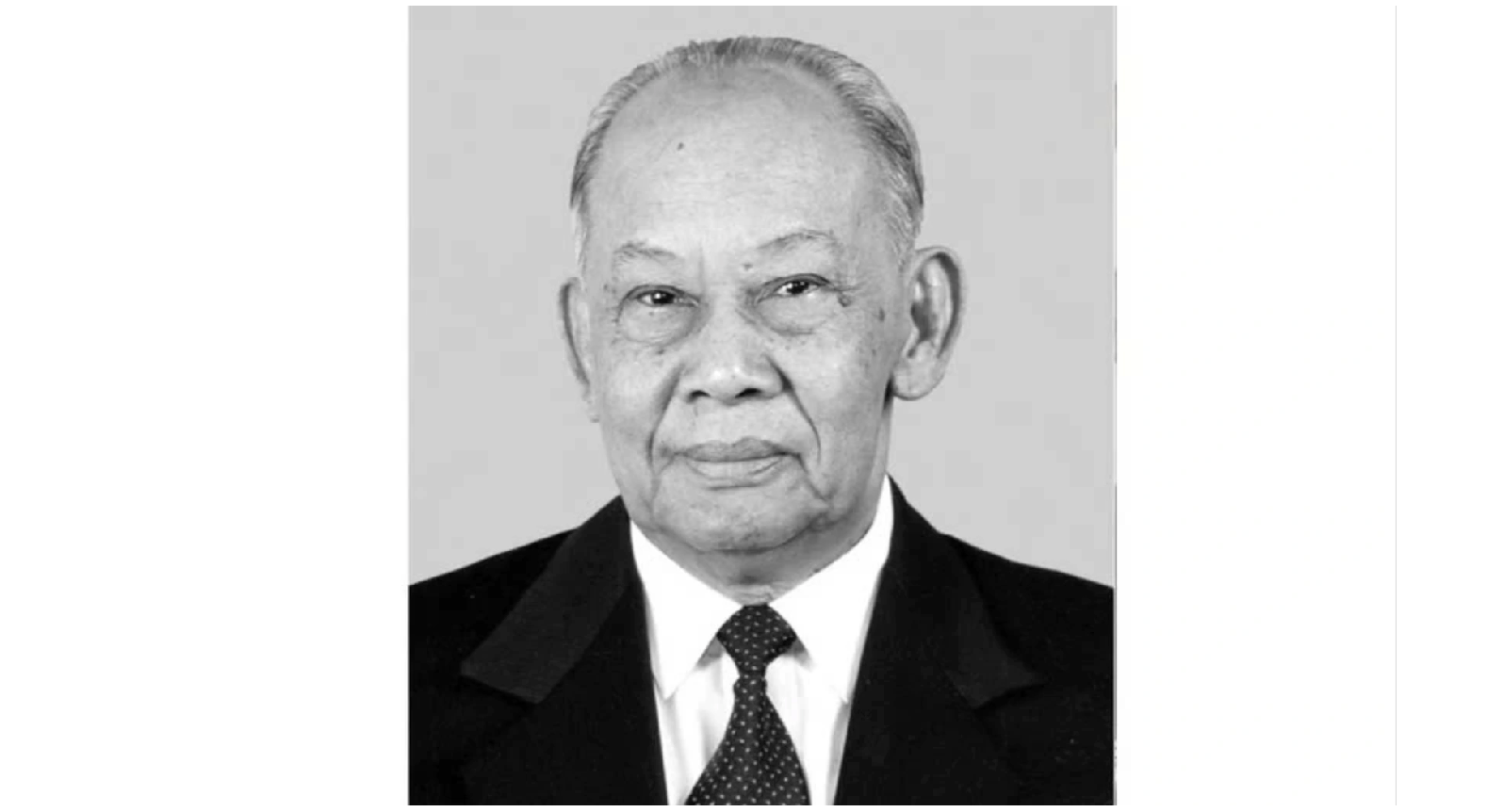







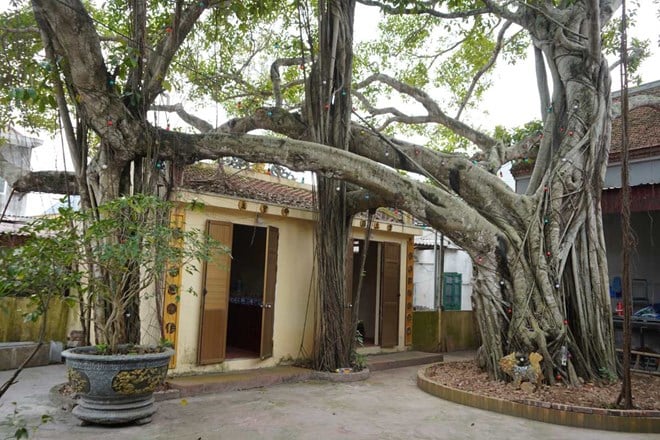





















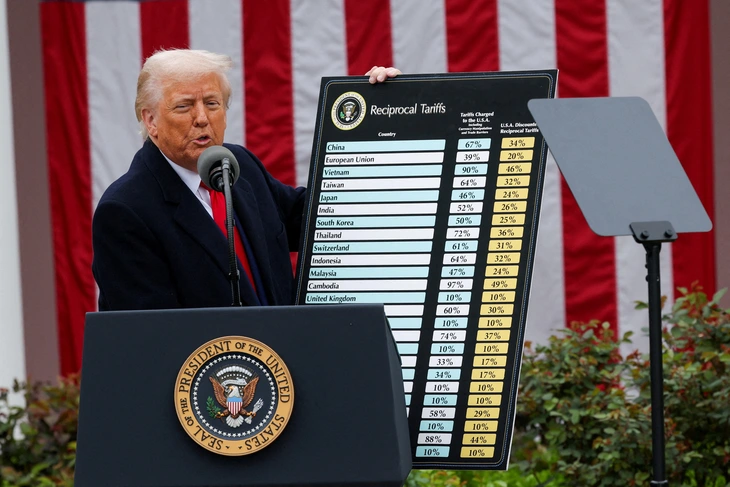


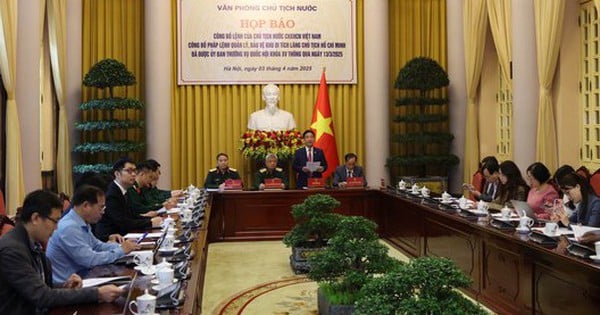




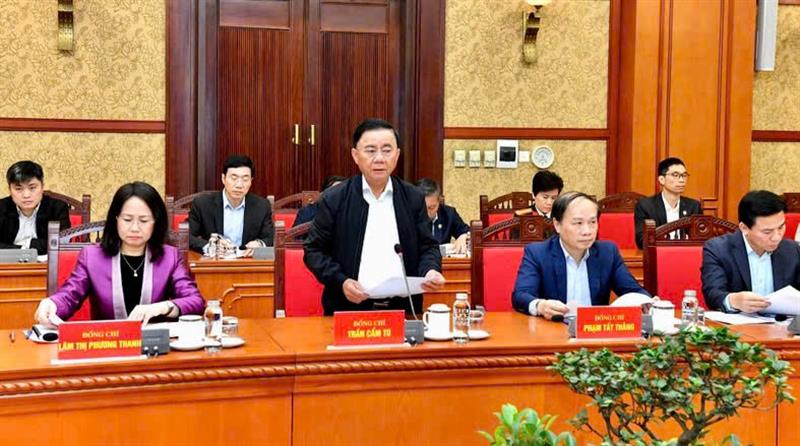


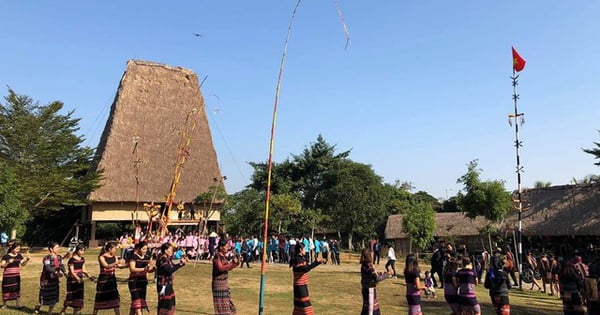
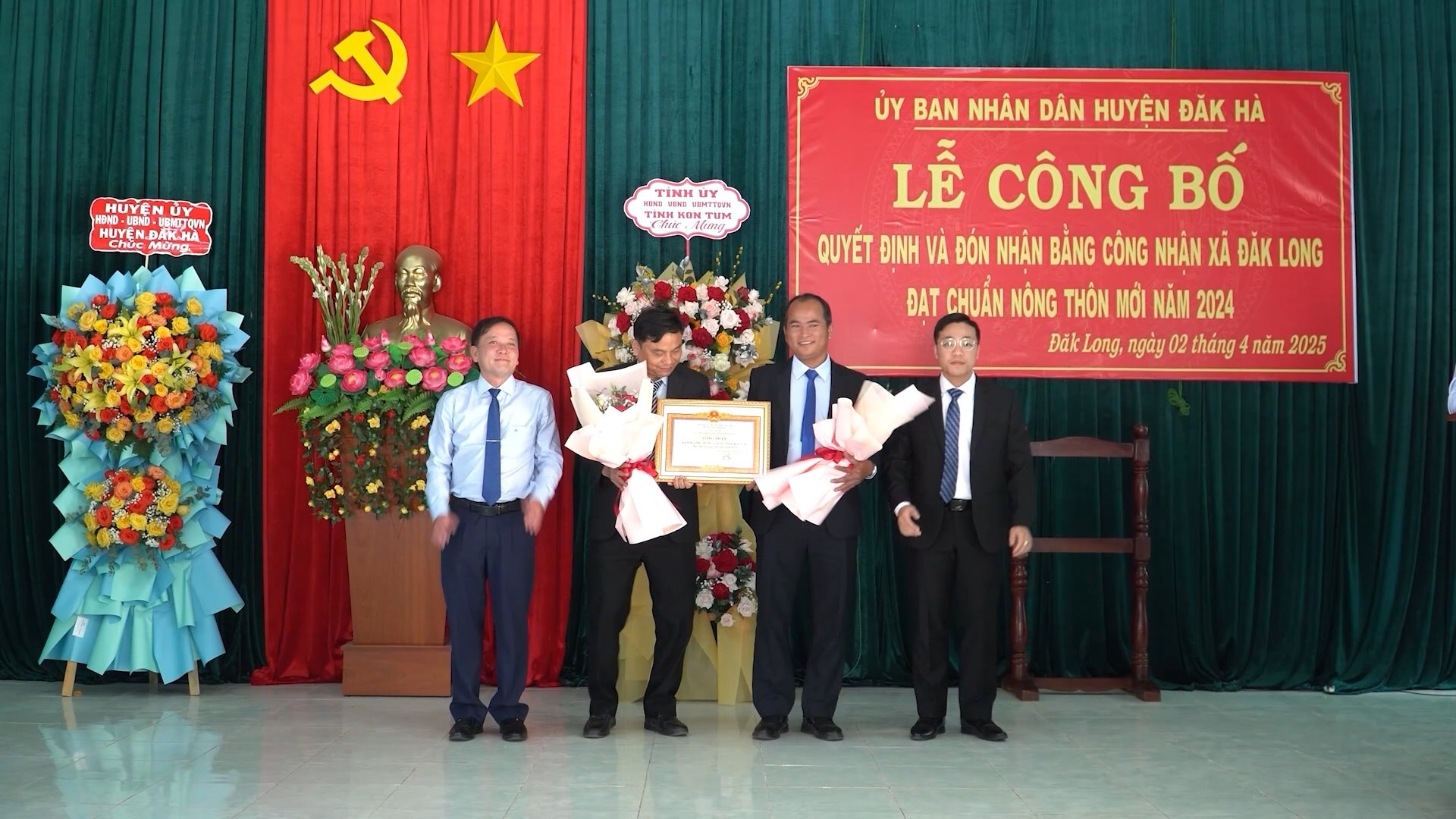



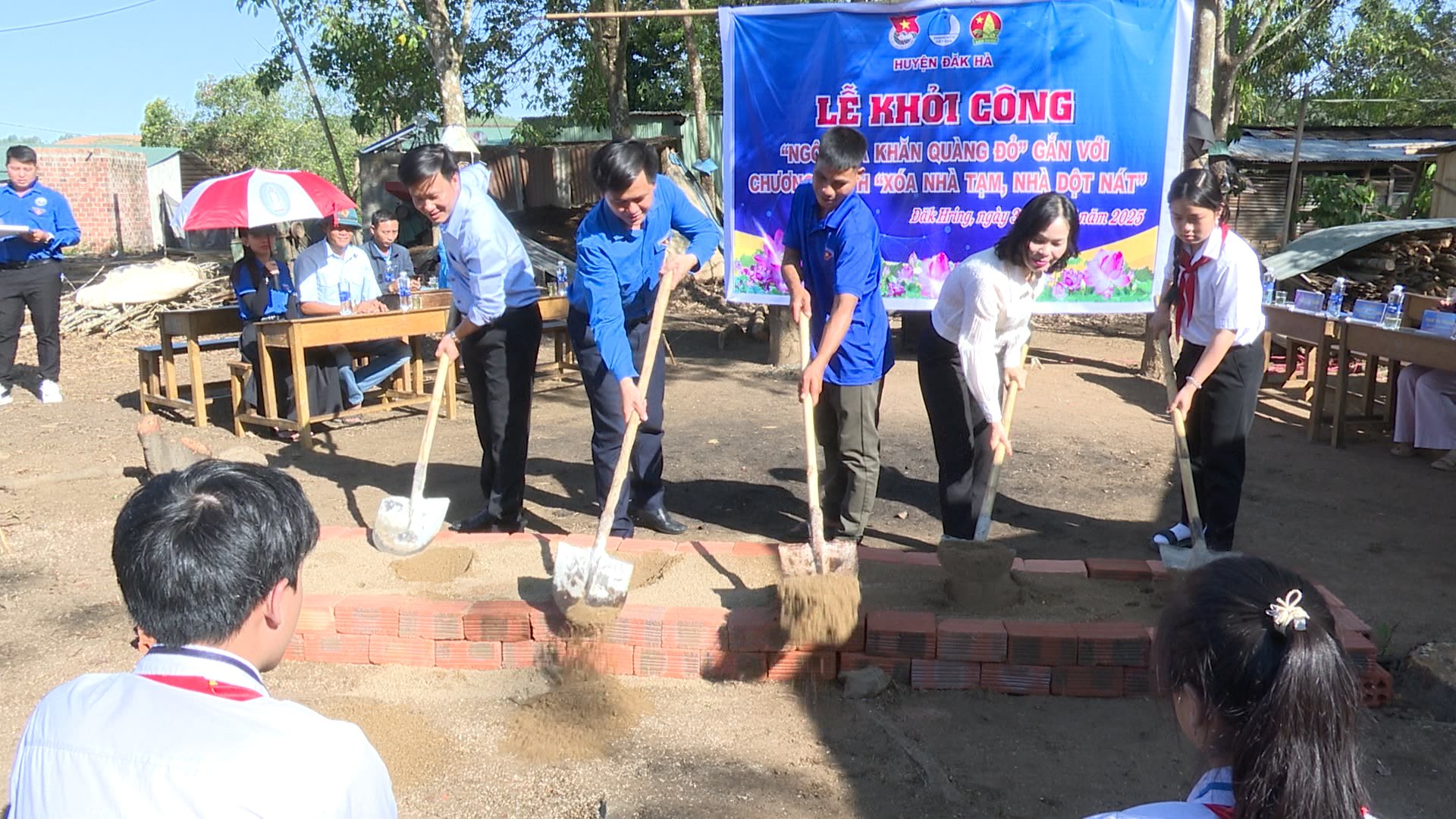
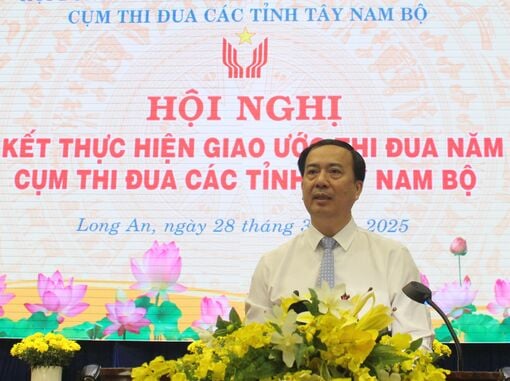












Comment (0)